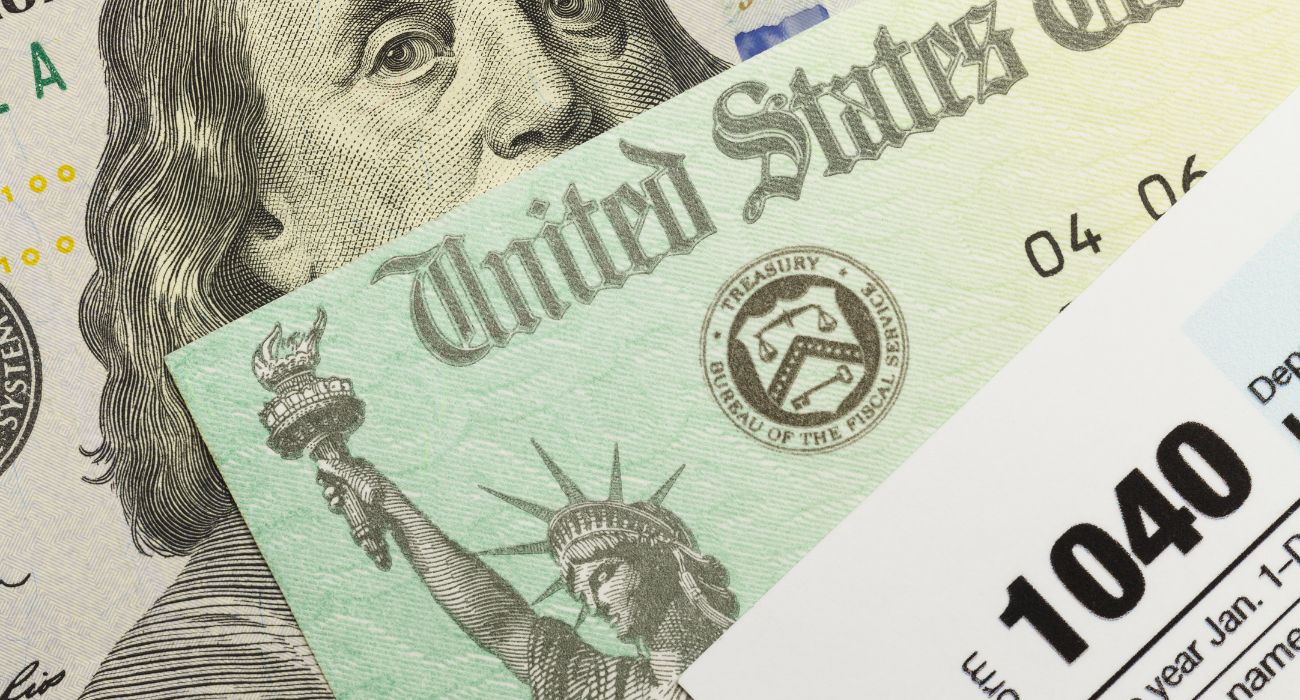Early filing statistics from the Internal Revenue Service (IRS) show that Americans are receiving a noticeably smaller tax refund this year compared to last.
The IRS has seen an uptick in Americans filing their taxes early this year, having received and processed more individual income tax returns in early February than during the same time in 2022, according to IRS filing season data.
Even though more individuals have filed for their tax refund early this year, IRS data show that the average tax refund amount has decreased nearly 11% from $2,201 in 2022 to $1,963 in 2023.
Year to date, the IRS has issued $15.7 billion worth of refunds to nearly 8 million individual taxpayers. That number was 84.7% smaller last year within the same time period, with the IRS having only issued about 4.33 million refunds with a total value of $9.53 billion.
The notion that individual tax refunds would be a little lighter this year was not a surprise to Eric Bronnenkant, head of tax at Betterment. Prior to the IRS releasing data on early filings, Bronnenkant had forecast that the cutbacks to special pandemic provisions were going to lead to smaller tax refunds.
“Obviously, everyone’s situation is unique, but on average, refunds are going to be smaller due to less stimulus,” he told Yahoo Finance.
Tax credits that were expanded during the pandemic but have since returned to normal include the Child Tax Credit, Earned Income Tax Credit, and Child and Dependent Care Credit.
With increasing economic uncertainty and tightening financial conditions, individuals and households are likely to take a blow from the smaller tax refund, according to the associate director of policy at Prosperity Now, Joanna Ain. She additionally noted that a tax refund can make up as much as 30% of some households’ annual income, Yahoo Finance reported.
The bulk of tax refunds are typically used as a savings nest egg or to pay off debts, according to a 2022 survey by LendingTree. The survey found that 46% of Americans plan to put the refund money into savings, 37% plan to use it to reduce debt, 20% plan to put it toward household expenses, and an even smaller percentage plan to spend it on random purchases, vacations, or investing.
“As we know, tax time is a critically important time for families and individuals,” Ain said, per Yahoo Finance. “Without the expanded tax credits, it’s not surprising that the average refund amounts are going down.”







I will be having to write a check again this year. I think if more people had to do that, then there might be some accountability in DC. The amount of frivolous spending is jaw dropping.